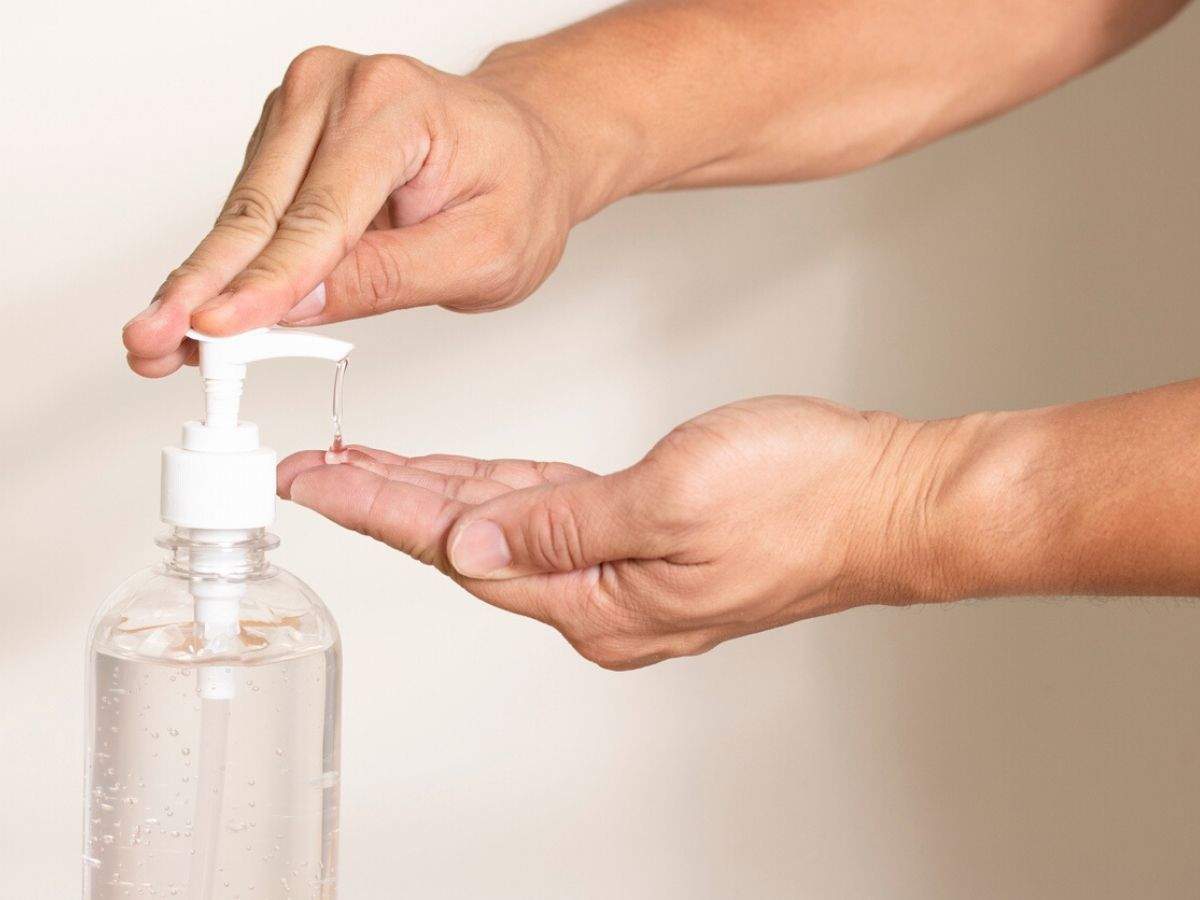As scientists are yet to discover a vaccine for COVID-19, the world is learning to live with it. The cases are slowly declining, but this is not a signal to be complacent. Safety protocols should still be followed to keep the numbers down, especially with the reopening of establishments such as restaurants and workplaces.
Wherever you go, physical distancing must be observed. There are also two things you must never be without—a face mask and hand sanitiser. They are important in minimising the risk of catching not only the novel coronavirus but other common ailments.

Start With Yourself
In these uncertain times, you can help keep others safe from the virus by keeping yourself healthy. Aside from complying with physical distancing and mask requirements, it would help keep your hands clean.
It is not always possible to wash your hands with soap and water when outside. In these cases, you must have a hand sanitiser ready. Also called a hand rub or hand antiseptic, it comes in gel, foam, or liquid form. It can remove disease-causing bacteria and viruses that are normally removed by washing hands with soap and water.
With no current vaccine or cure, hand sanitisers must be a part of your daily gear. It is an extra layer of protection that can help keep you safe. By staying healthy, you slow down the spread of the virus and lighten the load not only on the government but also on other people.
Two Types of Hand Sanitisers
There are two types of hand sanitisers, alcohol-based or alcohol-free. Alcohol-based hand sanitisers kill harmful microorganisms at 60 to 95 per cent concentration of either ethanol or isopropanol. Alcohol-free hand sanitisers, on the other hand, contain disinfectants and antimicrobial agents like triclosan. The Center for Disease Control and Prevention recommends the use of hand sanitisers with 60% alcohol, but frequent hand washing is still advised.
Proper Use of the Hand Sanitiser
The hand sanitiser must be applied thoroughly over your fingers and entire hand surface for a minimum of 20 seconds and allowed to dry completely. This gives the active ingredients to disinfect any bacteria, fungi, or viruses on your hands.
Note that you only need to apply a small amount as long as it covers your hands thoroughly. However, it must be re-applied as often as needed, especially in places where hygienic procedures must be followed, such as hospitals and clinics. Do not use a hand sanitiser when your hands are visibly dirty or greasy, as only thorough hand washing can disinfect them properly.
Simple but Effective
The hand sanitiser is an extremely simple and handy item but is essential in helping control the spread of viruses, whether from a common cold or the COVID-19. As such, it must be with you at all times. Hand sanitisers usually come in small bottles or tubes with 30 or 60ml capacity, which is easy to travel in your handbag, backpack, or even your pocket. They are popular in industries and establishments such as hospitals, dental offices, gyms, schools, daycare centres, and offices. Going outside in a time like this is not as daunting, thanks to the hand sanitiser.
Using a hand sanitiser is important for proper hygiene and good health, both important at a time like this. However, it is a healthy practice that you should continue even after the pandemic.
Author Name:
Mary Kate
Post You May Also Like




